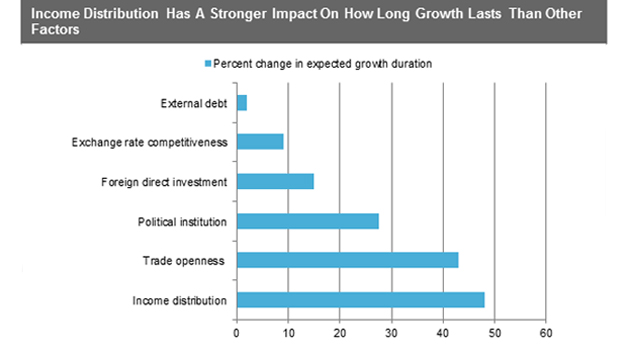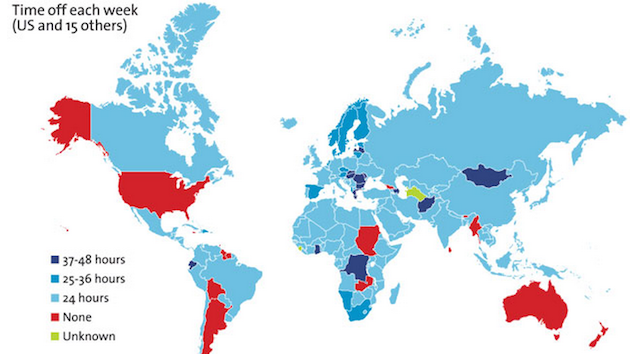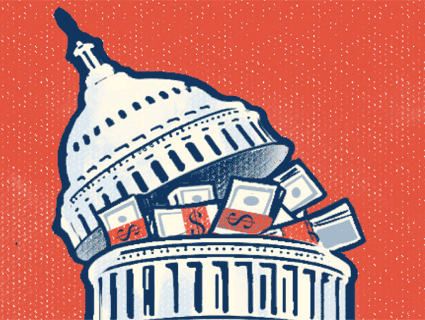This statistic provides a pretty compelling snapshot of the severity of our income gap: In 2014, Wall Street’s bonus pool was roughly double the combined earnings of all Americans working full-time jobs at minimum wage.
That sobering tidbit came from a new Institute for Policy Studies report by Sarah Anderson, who looked at new figures from the New York State Comptroller and the Bureau of Labor Statistics. The average bonus for one of New York City’s 167,800 employees in the securities industry came out to $172,860—on top of an average salary of nearly $200,000. On the other side of the equation were about one million people working full time at the federal minimum wage of $7.25.
In a recent New York Times article, Justin Wolfers, a senior fellow for the Peterson Institute for International Economics, picked apart some of the uncertainties that go into creating such a calculation, and ultimately came up with a similar result:
The count of workers at federal minimum wage includes only those who are paid hourly, and so omits those paid weekly or monthly. On the flip side, the B.L.S. count is based on income before tips and commissions, and so may overstate the number of people with low hourly earnings. And while my calculation assumed that all minimum wage workers earn $7.25 per hour, in fact many earn less than this, including wait staff and others who rely on tips, some students and young workers, certain farmworkers, and those whose bosses simply flout the minimum wage law.
For all of these uncertainties, the broad picture doesn’t change. My judgment is that we can be pretty confident that Ms. Anderson’s estimate that the sum of Wall Street bonuses is roughly twice the total amount paid to all full-time workers paid minimum wage seems like a fair characterization.
















